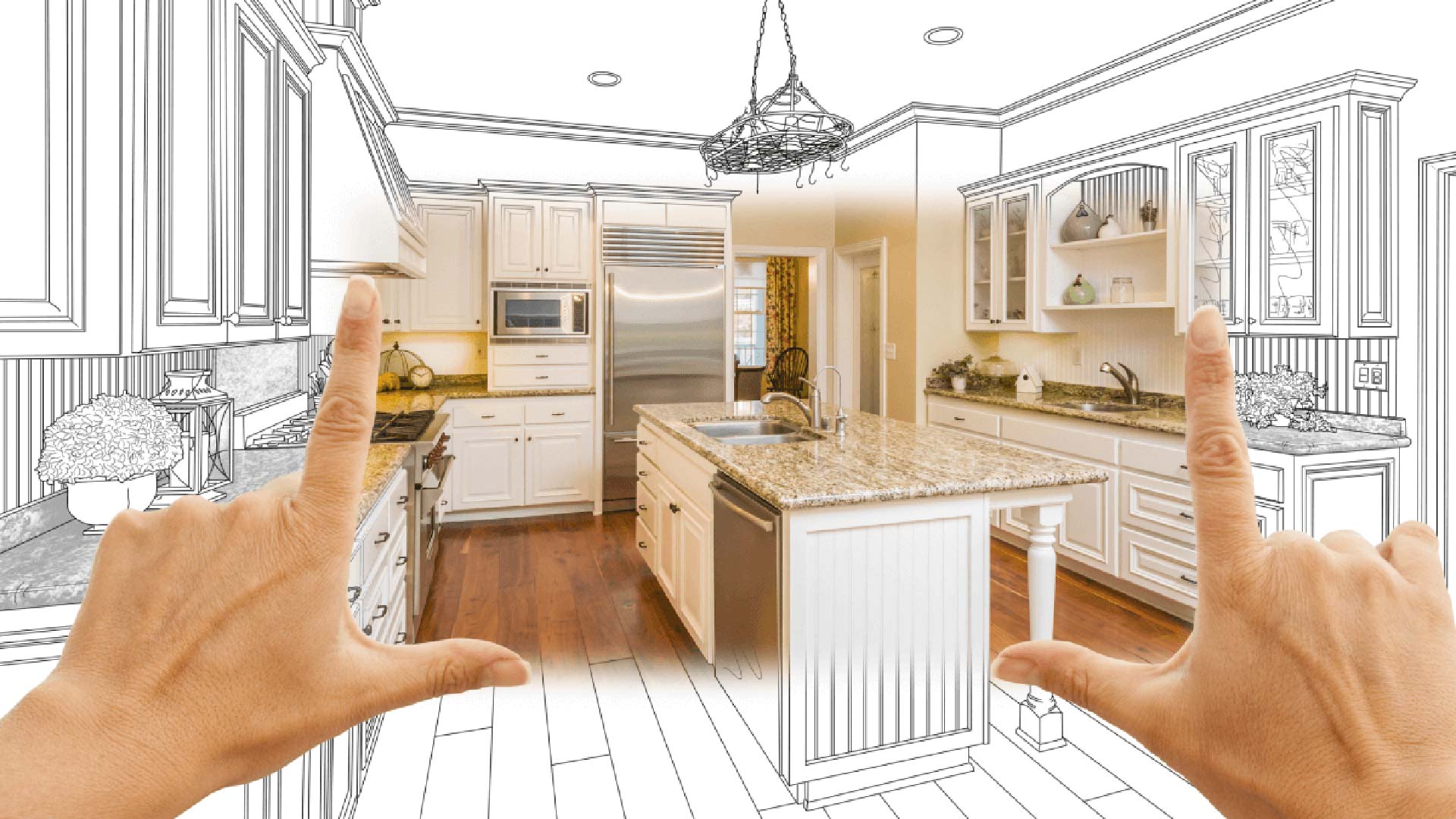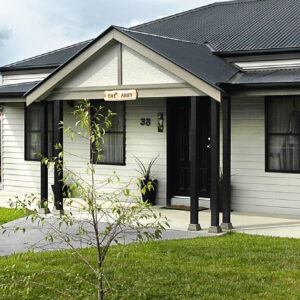Having made the decision to build your dream house, you would have realised by now that there are a lot of decisions to make along the way. Therefore, somewhere along the line you will need to make a choice between steel or timber frames.
Should you choose a steel or timber frame for your house?
The frame of a building is its backbone, so it’s important that it is both safe and secure. Both steel and wood frames have their advantages and disadvantages, and considerations when choosing between them should include cost, longevity, sustainability and flexibility during the construction process.
Also known as ‘metal frame homes’, steel frame houses tend to allow less movement as steel frames don’t twist, warp, shrink or buckle, while timber frames are more malleable to their environment.
We’ve broken down the advantages and disadvantages of each material for your house frame to help you when making a decision as to which material is right for your home building needs.
Steel frames
Steel frames are designed to be stronger and last longer, while also being more secure and completely termite proof. Riveted and bolted into place, steel frames provide a solid and sturdy frame for plasterboard. This works to eliminate cracked cornices and surface splitting problems associated with frame movement.
Advantages of steel frame houses
Steel is not only 100% recyclable, but also one of the most recycled materials on earth. The ability of steel frames to seal around door frames and windows also have added environmental benefits. The sealing around entrances can reduce the cost and environmental impact of running heating and cooling in the home.
As one of the most significant structural elements to a home, frames need to be properly installed. With this in mind, only highly experienced framing specialists are allowed to put together steel frame homes. This gives the homeowners the added reassurance that their house is safe to live in because it was properly constructed.
Disadvantages of steel frame houses
Due to the raw materials associated with its production, steel is always the more expensive option. Steel is also more labour intensive, and consequently tradies charge more to work around steel when compared to timber. This means that in general the cost for a steel frame home vs a wood frame home will be higher, both for the materials themselves as well as the cost of building the home.
In addition, the high amounts of energy required in steel production does have a negative environmental impact. The steel production industry remains one of the major polluters on the planet, and the steel mills leave a huge carbon footprint throughout every step of the steel production process.
In a coastal environment, the use of steel frames are particularly risky. As steel is a highly corrosive material, the combination of water, wind and sand can negatively impact the steel framing. While damage can be sustained, its negative impact can be handled by being proactive and conducting regular building inspections.
Timber frames
Known as the old fashioned way to build, timber is still actually a great resource to use when constructing frames for your house. Timber is one of the few building materials that is a natural product. It is non toxic, meaning that it doesn’t leak chemicals and is safe to touch. With timber being so easily sourced, it can quickly be constructed on site, saving time and increasing the efficiency of the build.
Advantages of timber frame houses
When initially comparing the advantages of wood frame houses to steel frame houses you may just ask the question ‘Are timber frame houses good?’ The short answer is yes.
Timber is both a renewable resource and a natural product, making it environmentally friendly. For those who are building their house with the environment in mind, ethically sourced timbers are the best to use as they haven’t been illegally logged.
Another benefit of timber is its flexibility. Many people involved in the process of building a home will attest to the fact that not everything on the building site goes to plan. Therefore, it is a huge positive that timber is flexible enough to account for last minute, on site changes.
Timber homes are cheaper homes. However, this isn’t because they are any less quality than steel frames. The fact remains that because timber is more readily available, the cost is more manageable.
Disadvantages of timber frame houses
Due to the fact that timber is a natural cellulose matter milled with all of its natural imperfections and weaknesses, timber does come with a number of natural weaknesses. Timber is receptive to damage in terms of both internal surface stress fractures and termite infestations. Both of which are very expensive to correct.
It should be noted that while timber is susceptible to termite infestations, using termite management products helps reduce the risk of infestation and the subsequent damage.
Another disadvantage is how timber shrinks. Since timber is a water-based cellulose product, it expands and shrinks during different environmental conditions. If the rate at which the timber expands or shrinks is quite fast, the timber comes into direct conflict with the plasterboard which can result in surface cracks.
Final verdict
Like most things in life, timber and steel frames have both positives and negatives. What is particularly comforting to know is that when it comes to the negatives associated with using steel or timber, none are so severe that it could cause a house to collapse on its own.
When choosing between timber and steel it is important to remember that both materials are quality foundations upon which to construct a house. At the end of the day, the choice comes down to what works best for your location and budget.
Interested in designing a home? Kitome offers a wide range of fully customisable homes for you to choose from or you can design your own! Talk to the friendly team at Kitome today.





